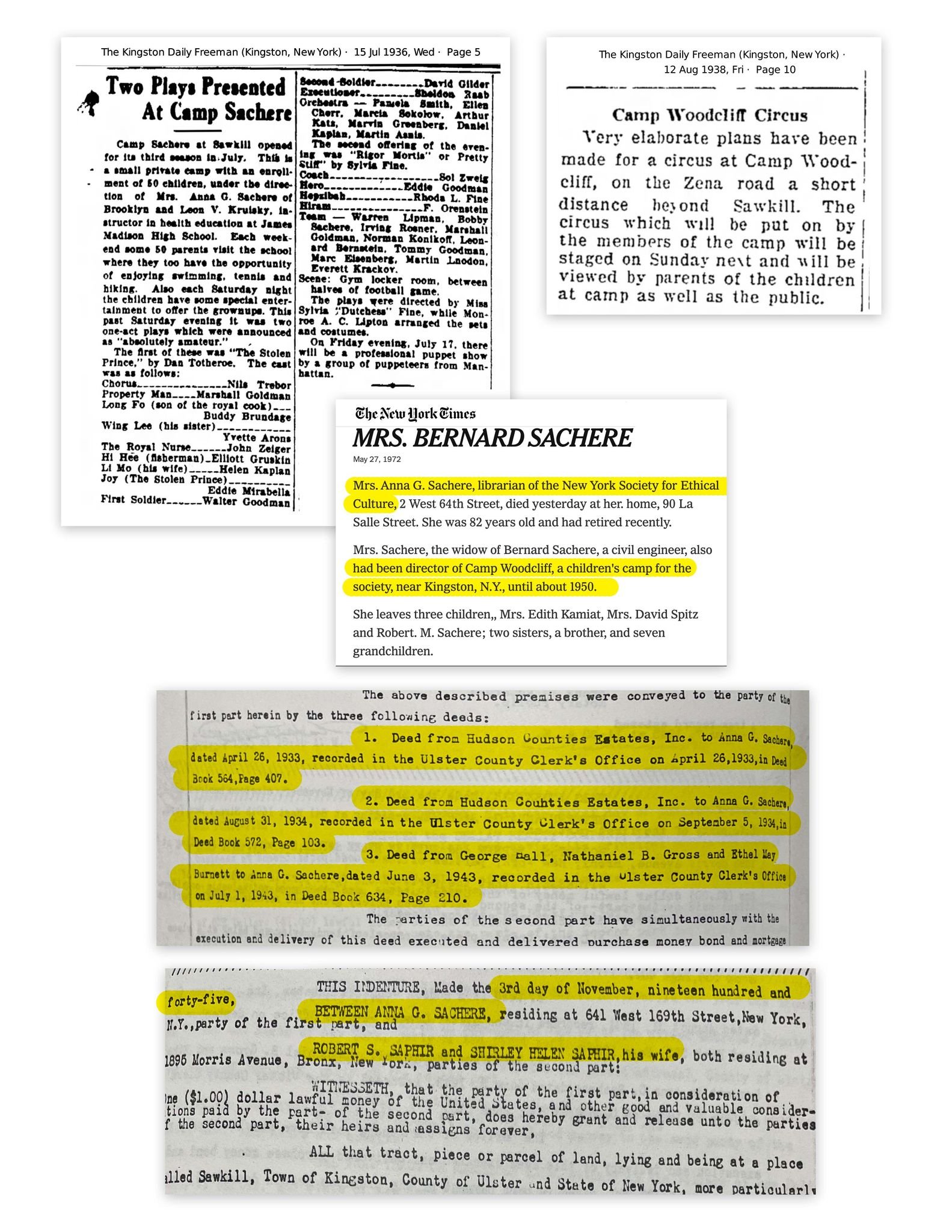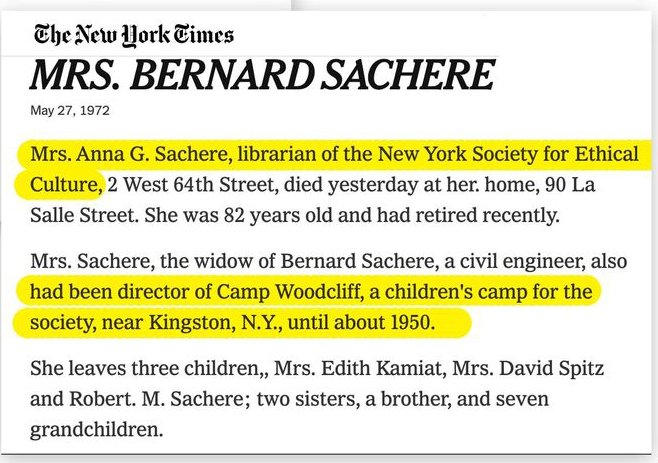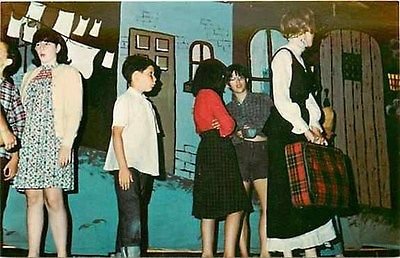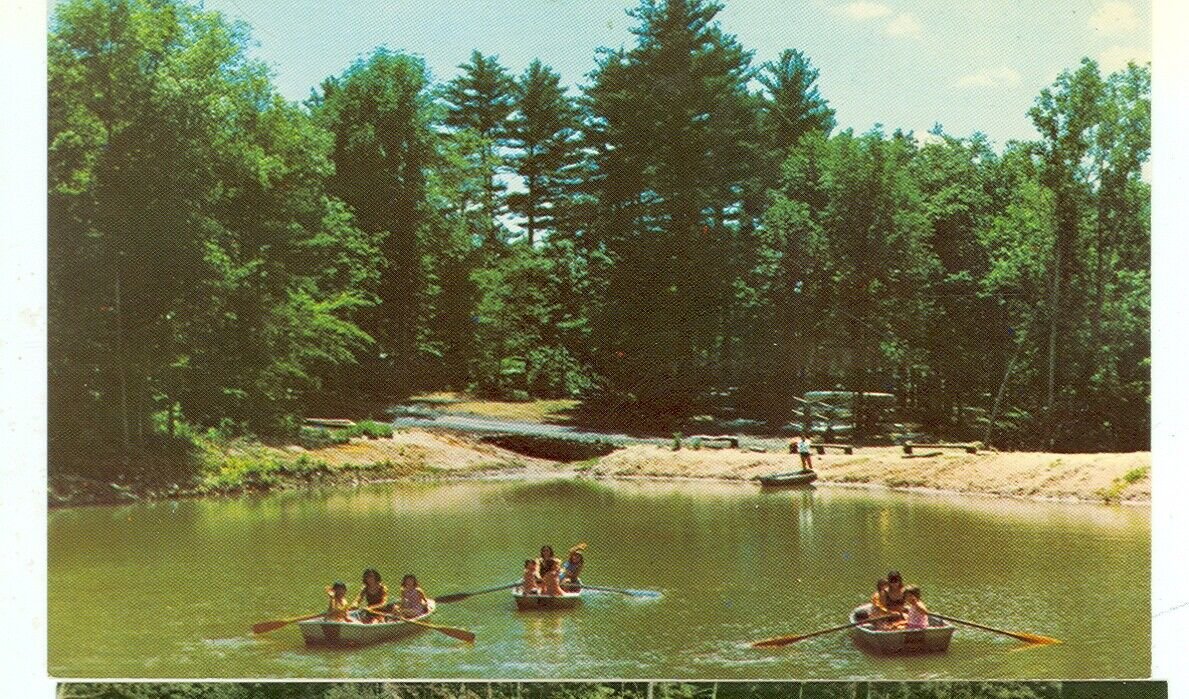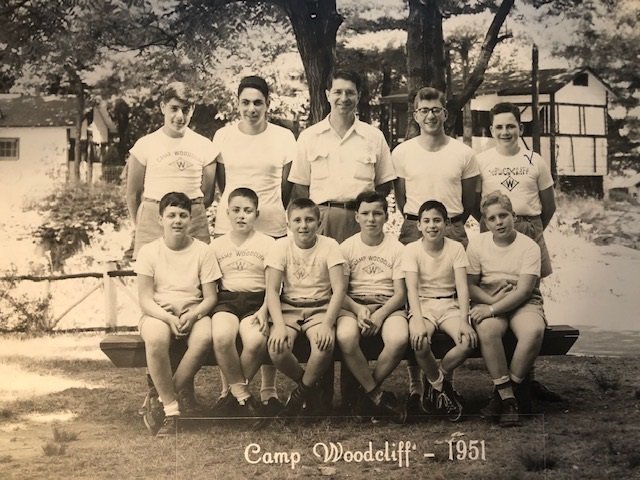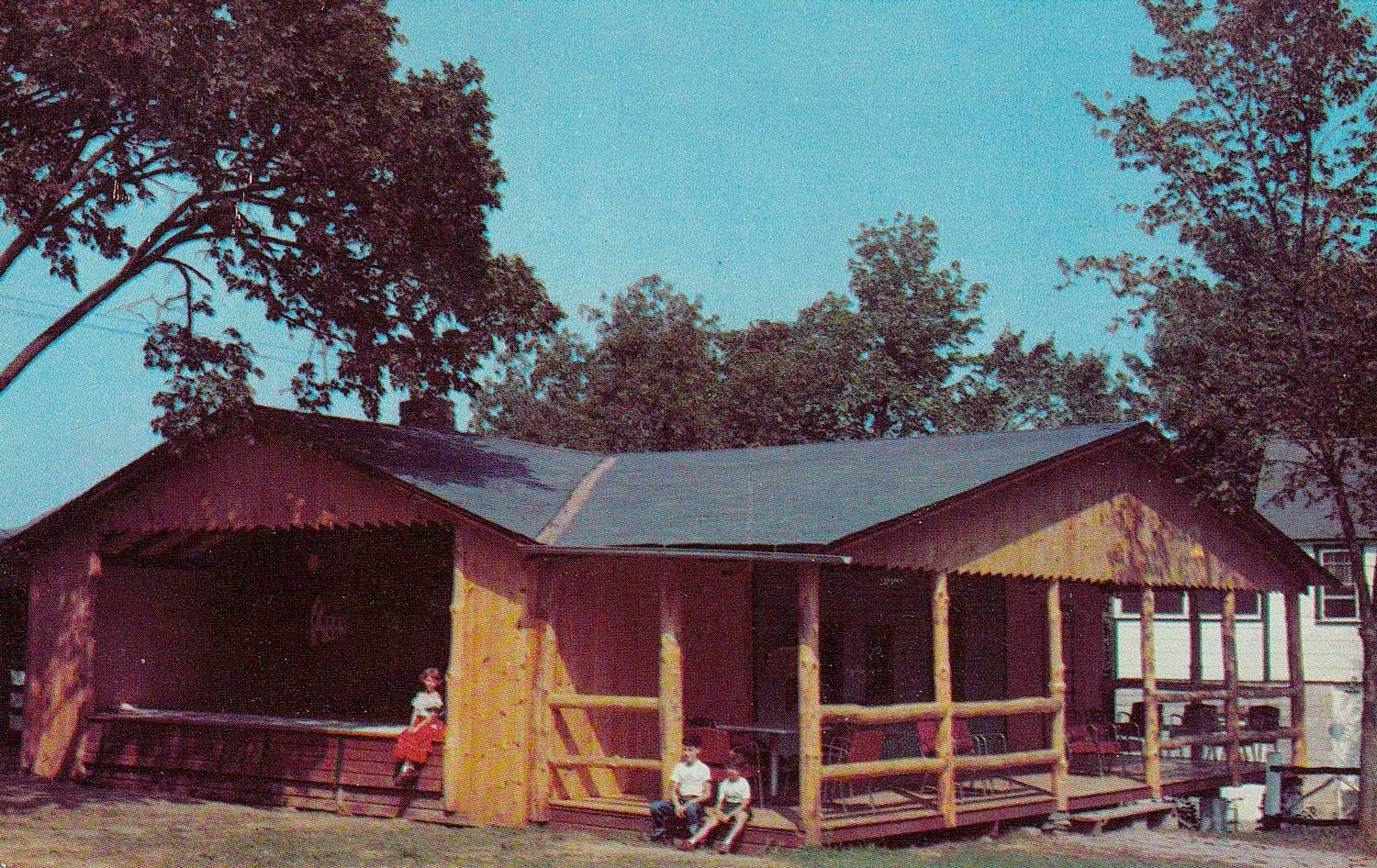
CAMP WOOFCLIFF
Sawkill Kingston
Established 1938
The original Camp Woodcliff page was built in 2004
This was before social media as we know it today. The page was a great success attracting campers from all eras and sharing their photos and stories. As Facebook grew Camp Woodcliff set up camp over there and this old page became less relevant but always remained, until now. With my work website changing over to a new platform the old Woodcliff site was lost. So this page is some-what of a placeholder to the old time and a link to the newer meeting Lodge over on Facebook
So pack your trunk and come on over.
Line-up in 10 minutes !!!
Here we are on Facebook
Here is the original
text I wrote back in 2004.
I spent the greatest summers of my life at Camp Woodcliff. A total of eight. Even though I was young when I first arrived at Woodcliff I was already a seasoned camper, having spent two summers at Camp Wel-Met and one at Timberlake. I was quite young to be spending the entire summer away and I probably would not have been able to handle it if my brothers were not there too.
So my summers at Woodcliff. Lets see, I started in B-5, then B-7, B-8, B-9, B-11 and then B-12 also known as the Biltmore. At that age you were a part time camper, part time waiter. The next year is when your camper status ended and you were a worker. I was the Dishwasher…. Well as far as I was concerned it was better then being a C.I.T. When you weren't washing dishes you were free to do as you please and that included leaving the grounds. And it was better than being Potwasher… ughh!! And that year you lived your dream. To live in the Hilton, a cardboard shanty smack in the middle of camp, but it was "your" private shanty.
So lets back it up to the earlier years…. What I can remember. B-5 I remember being there but not much more. B-7 was connected to B-6, where I met Jordan. He chipped his kneecap that summer swinging on a rope into the water… and hitting a rock. He was in B-6 but we were actually close in age. What brought us together? Being cool and liking girls. Most of the boys back then didn't care for girls. We did. B-8. My only real memory that year was bringing my little Panasonic tape player and having tons of Beatles and a little Grateful Dead. It took me over a week to even break it out, kids weren't listening to music yet, but once I did my counselors loved it and was shocked that I had the Dead. B-9 B-11 nothing really stands out except getting to the age when all I wanted to do all summer was just hang out, and be with the girlfriend of the week. Bob and Shirley Saphire didn't like to see you "not at your assigned activity". But that's what I wanted along with Jordan. And I remember my parents supporting me on this. "Hey he goes to school all year, if he wants to just hang out that's fine with us". So we figured out compromises so that we could just Hang Out…..
Some of the great summer events worth mentioning. Message to Garcia… huh any relation to Jerry, probably. Gold Rush Day followed by Las Vegas night. Trips to the bowling alley, and skating rink. The big rip…. Oops I mean Trip. Making bunk plaques to hang in the dining hall. Singing "oh the lord is good to me he brings me the things I need the sun and the rain and the apple seed, the lord is good to me" and occasionally "rub-a-dub dub thanks for the grub yea god. Receiving canteen and 35 cents for the soda machine. Costa brand if I remember correctly. Milk and cookies before sleep. And for me having ten minutes after evening activity to head over to this big tree near the lower ball field to make out. Most evening activities were fun….. Socials, which meant going in the back of the Lodge and either make out or play spin the bottle, sometimes with the older girls. I think that's where I had my first french kiss. So what else stands out in my memory's of Camp Woodcliff. Hernia Hill. I remember Jordan and I wanting to build a go-cart to race down it, never happened. Ah yes Telephone for Joel Liebman, Joel Liebman, telephone. (as I got older I was spending more time out in the woods and hearing that message in the faint distance and running hard and usually making it). This is the end of first activity all campers are to report to second activity. Good morning campers this is first call, line up will be in ten minutes. Who could forget the bug zappers, and that gross upper lake with the ski machine. Oh I love tetherball, where most camps had rickety tetherball courts Woodcliff sure did have nice ones. How about spending time in the infirmary. What a drag that was. Rope tours up the Sawkill River. Molly the cook... I'll leave that one alone, except how did she make scrambled eggs taste so bad…. Wednesday was make sandwich day. Sandwich, plum and a scooter pie. Nature shack always had some funky dead animals in jars with formaldehyde. I spent a lot time there, actually I chose Nature cause it was in the center of camp and that meant I could "Hang Out". Maybe watch the girls in Dance over by the Lodge. What a neat little camp Woodcliff was. About ten years ago I drove up into the camp in the Fall. Sure was a lot smaller then I remembered. There were tears in my eyes thinking about how much fun I had there…. That funny little Saphire house. Now we did have access to the phone and one year someone thought, lets order in a pizza, strange.. how come I never thought of that before, and so we did and that pizza guy drove right up into the Camp… it was always a site when a car drove up. Shirley was not to happy about that, but she brought us into the dinning hall and let us eat it. Shirley and I knew each other for many years there, and sorry to say we did have a bad falling out. On what was to be my ninth year there as Head Waiter I was away at college that school year only to return home for about two weeks before I head up to Woodcliff. Well I had a girlfriend back at home that I didn't really see much during the school year but we never did break up. One day before I was suppose to depart, I couldn't. She meant to much to me, and Shirley got the call. Well she was not to happy but there was nothing I could do. That was the first summer I spent at home for 10 years. So that was Camp….. except
For life in the Hilton as dishwasher, sharing a room with Jordan and David Osofsky in the next room. Poor David, he sure took a lot of abuse from us that year. Funny thing there in the Hilton, It truly was plop in the middle of camp and what we did behind those closed doors and never got in trouble. I always tried to push the limits there at Woodcliff but never go overboard. Never wanted to get kicked out, so the trick was to go on the late night raids to the girls bunks and keep it quiet and cool.
Gosh I feel I could right a book about all of this, but I just wanted to say enough here so that those who do get to read this can remember there favorite things about Woodcliff.
Hey Peter… don't worry I didn't forget about you. Even though your friends back in Kew Gardens wanted to beat me up…………. What's it all about Alfie
So these are just a smidgen of my memories of Camp Woodcliff. Please email me if you have something to share… pictures too. Joel@jlfurniture.com JOEL
Biography of Robert S. Saphir. By Shirley Saphir.
Bob graduated from Columbia College in New York and then enrolled in medical school at Columbia University’s College of Physicians and Surgeons. Unfortunately, after two years, his father suffered a serious heart attack that left him disabled and unable to work. As a result, Bob could no longer afford the tuition, and at the time, there was no financial aid available in such situations. He was forced to withdraw.
Friends informed him that medical school in Scotland was significantly less expensive. After researching, he found that even with transportation, room, and board, the total cost was manageable. Although he had to start over, he did receive some credit for his previous work at Columbia.
Each summer, he returned to the U.S. to work as a camp counselor and earn money. In 1939, after three years of medical school in Scotland, he was scheduled to return there on September 3rd. However, World War II broke out in Europe on September 1st, and the U.S. prohibited the 500 American students studying in Scotland from sailing.
No American medical school would grant credit for the work done in Scotland—they required students to start over. However, optometry school offered substantial credit, so Bob enrolled. He worked after classes and during the summers to pay for his tuition.
He worked as a counselor for after-school groups, taking children to Central Park or museums until their parents returned home. It was through this work that Bob met Shirley. He came to Hunter College Model School (temporarily housed in Temple Emanuel on Fifth Avenue due to a fire at Hunter College two years prior), where she was teaching, to pick up one of her students. She had kept the child after class, and Bob came to retrieve him. They discovered they lived just half a block from each other—but had never met until that moment.
They began seeing each other.
Bob was an avid naturalist. He served as a counselor in children’s summer camps for many years, teaching nature and running nature clubs at several YMHAs. He went birding whenever he could. Shirley joined him in these pursuits—even in the depths of winter—though she wasn’t yet skilled at spotting birds. Bob also served as head usher at the 92nd Street Y for concerts and dance recitals, where Shirley worked alongside him.
They became engaged and were originally planning to marry on June 28th, 1942, after he completed optometry school. However, when Bob received a draft notice for July, they moved the wedding up to May 31st, 1942.
Since Shirley was teaching and couldn’t get time off, and Bob had to prepare for his licensing exams, their honeymoon consisted of visiting a different ethnic restaurant each night and pretending they were in the respective country. During the first week of July, they took a canoe trip through the Fulton Chain of Lakes in the Adirondack Mountains. Shirley’s brother, Arthur, accompanied them to help carry the canoe—aluminum canoes didn’t exist then—making it a second honeymoon of sorts.
When Bob reported for army induction, a sergeant noticed he had just married and told him he had met his quota for the day—he should return in a month.
Earlier, while still a student in optometry school, Bob had applied to the Navy to work in optics using his training. That opportunity came through during July. Although he was never officially inducted, the Navy sent a monthly letter to his draft board stating he was essential and couldn’t be drafted. He spent the remainder of the war inspecting a wide variety of optical instruments for the Navy—including those used for the atomic bomb.
After the war, Bob had a decision to make: return to Scotland to finish medical school (which would require significant refresher work after seven years away) or pursue a new path. He and Shirley had married in 1942, and their daughter Marge was born in 1944. Bob had two great loves: medicine and camping. Together, they decided to buy a children’s summer camp. From 1946 through 1980, they ran Camp Woodcliff. Their son Marc was born in 1948.
Running the camp was deeply rewarding. They influenced the lives of countless children and counselors.
Throughout his camping years, Bob dedicated substantial time and effort to the profession. He was the co-founder and president of the New York State Camp Directors Association for 22 years, and served on its board and as legislative chairman in the years that followed. He was also a board member and legislative chairman of the Association of Independent Camps and the New York Section of the American Camping Association. He mentored numerous young camp directors over the years.
Bob was also a founder and the first chairman of the New York State Governor’s Camp Safety Council, which helped the Department of Health develop regulations to promote safety and health in camps.
He was especially proud that after Camp Woodcliff was sold, it remained a children’s camp—continuing its legacy to this day.
Bob was a beloved figure in camping. He was a pioneer in offering campers a choice of activities, running a coed program on a single campus, and creating a non-competitive environment where both athletic and non-athletic children could thrive.
Bob and Shirley shared 56 happy years of marriage, 35 of which they spent working side-by-side. After retiring, they enjoyed 19 more years of fulfilling and joyful life together.
Above all else, Bob cherished being with his family. He loved working with fine wood, was an avid gardener, and appreciated all forms of art—music, dance, theater, and visual arts. He truly loved life.
Though he endured a long illness, he remained at home and was blessed to be surrounded by his immediate family at the end.
There’s a plethora of photos over on the
Camp Woodcliff Facebook page.
Below are early Camp construction photos supplied by Marc Saphir. Bunk photos throughout the many years. Many postcards that Bob and Shirley produced.
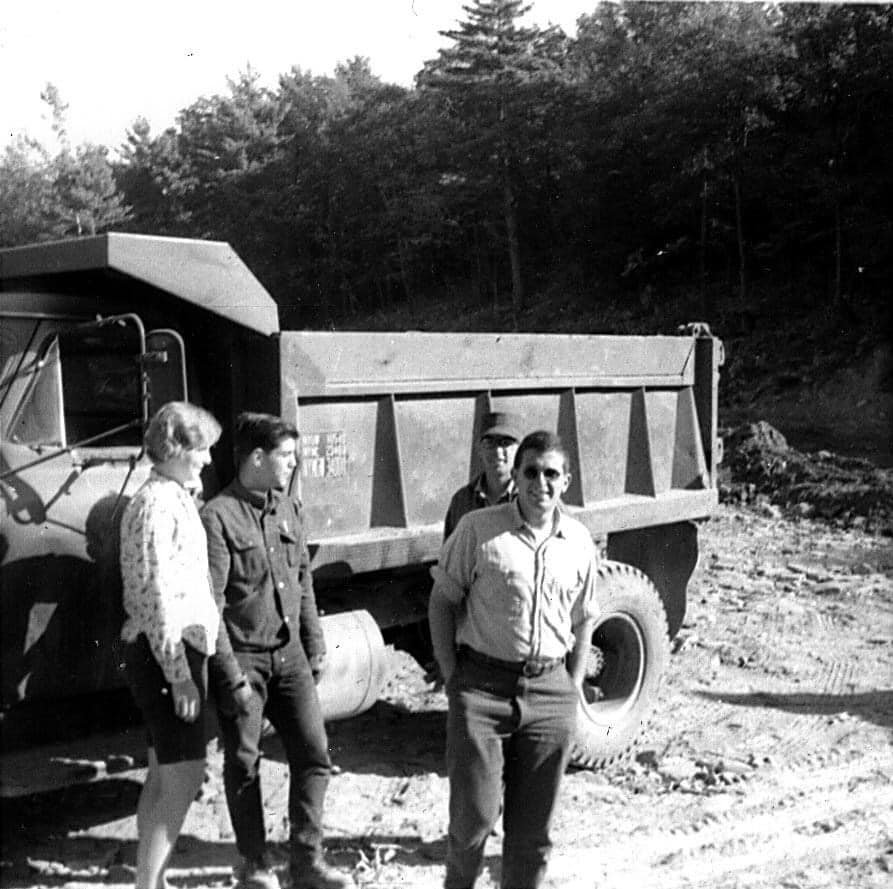



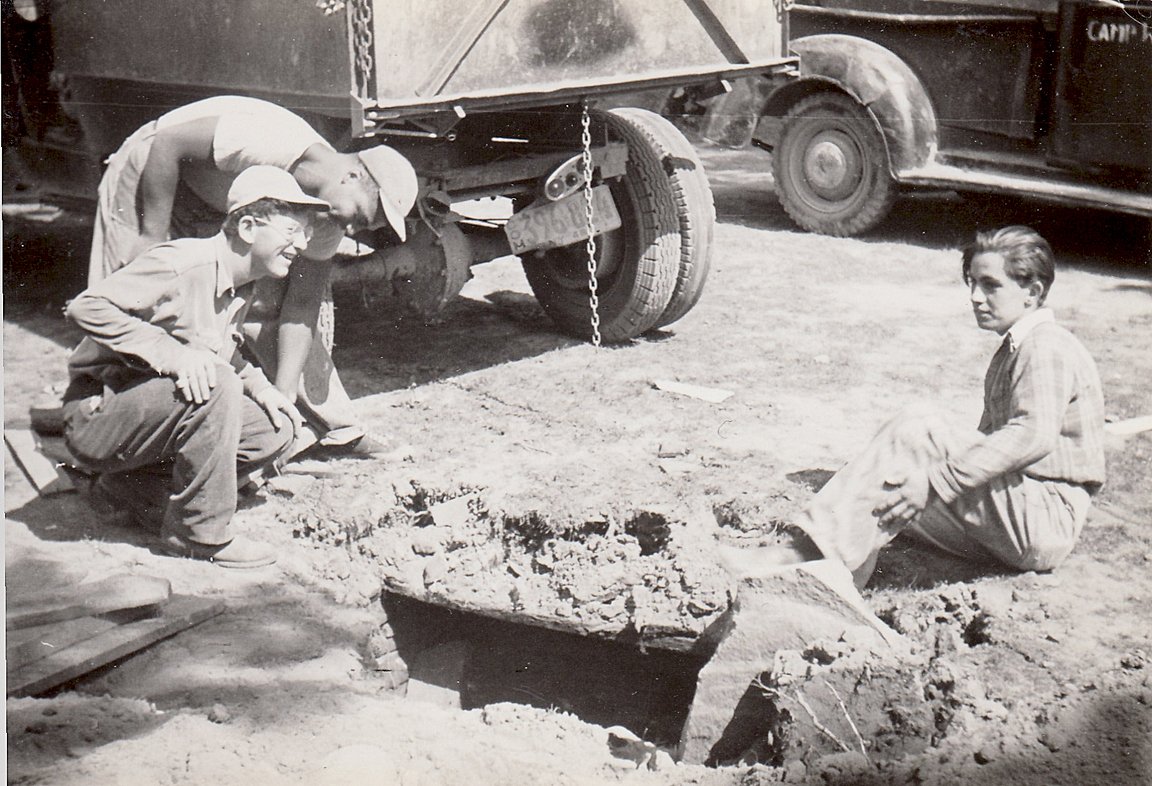



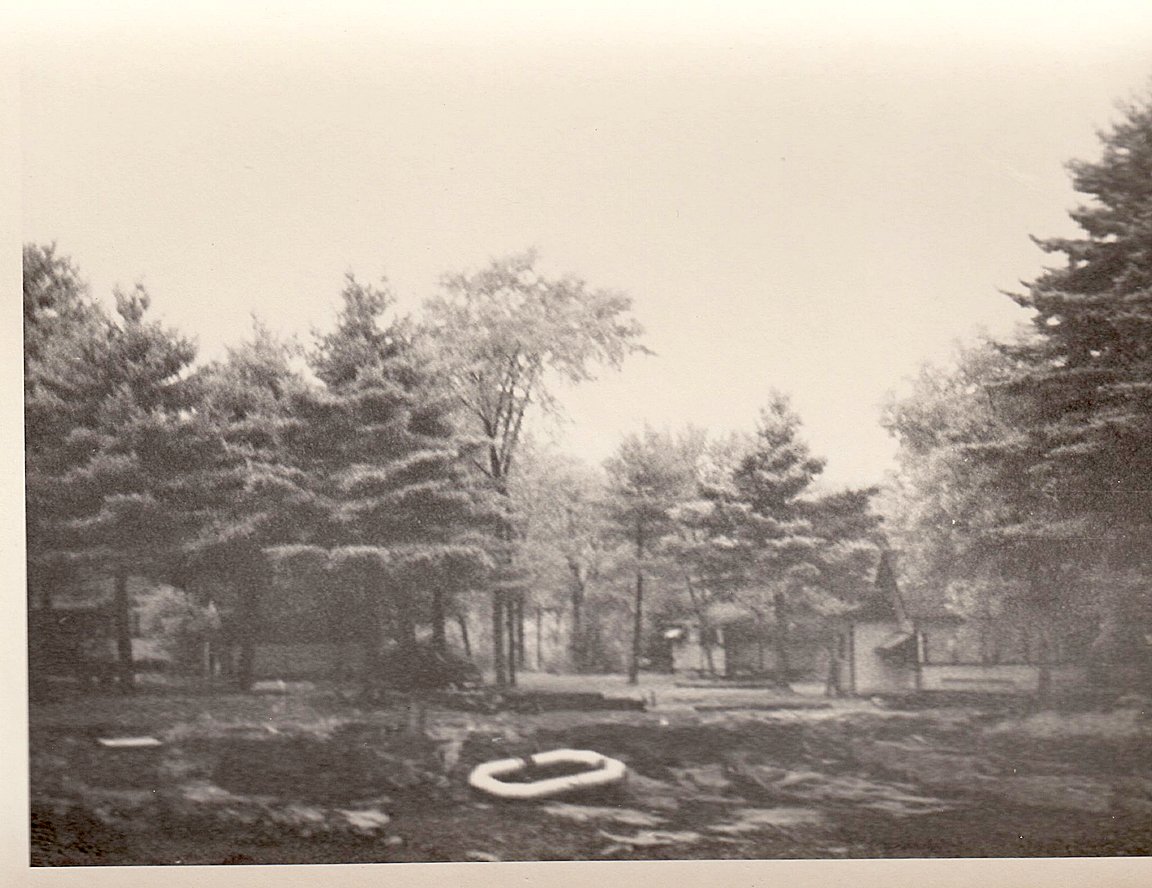

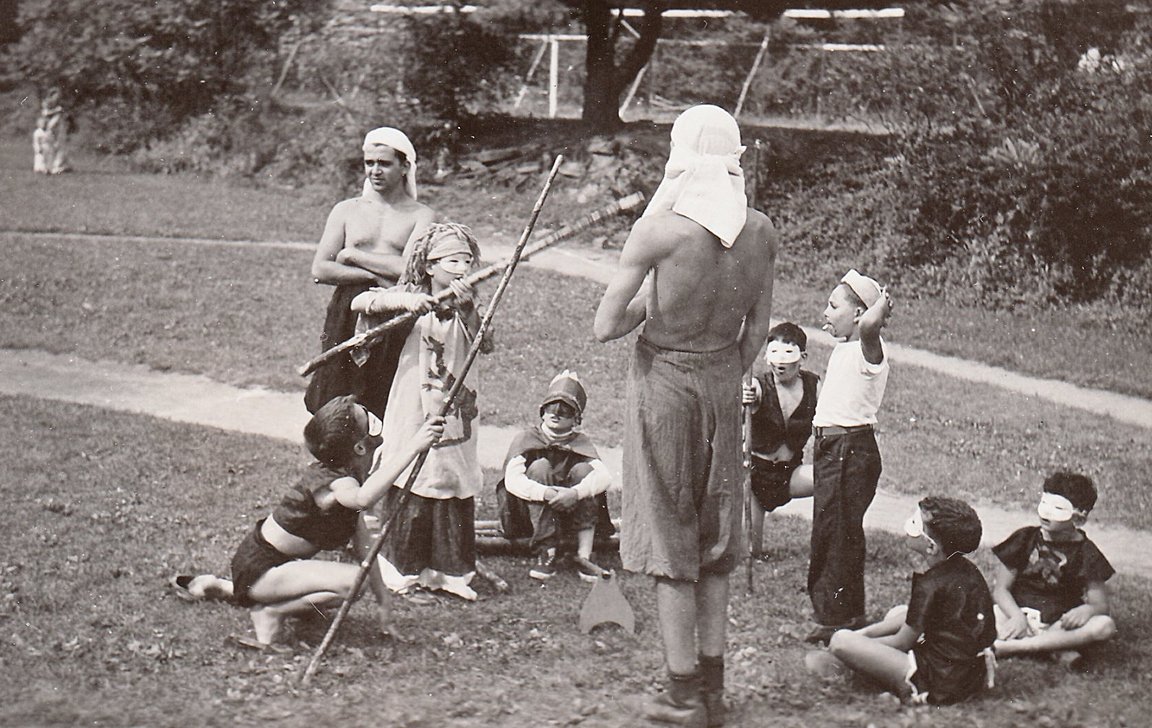

Back in 2001, I had the idea to recreate the old Camp Woodcliff shirts. During my time there, we didn’t have camp shirts, but old photos showed that they once existed. I brought Mark Tuchman on board to help rebuild the original design. We also wanted to include the date the camp was originally founded, so Mark made a trip to Kingston, NY, and dug through library archives. After some fascinating research, he uncovered that Camp Woodcliff under Bob and Shirley was established in 1938. Information revealed that the site was originally Camp Sachere established in 1933.
And so, as the photo says: August 6th is officially “Wear Your T-Shirt Day.” Not only does it fall right in the heart of summer, but it also happens to be the birthday of both Mark and me.

